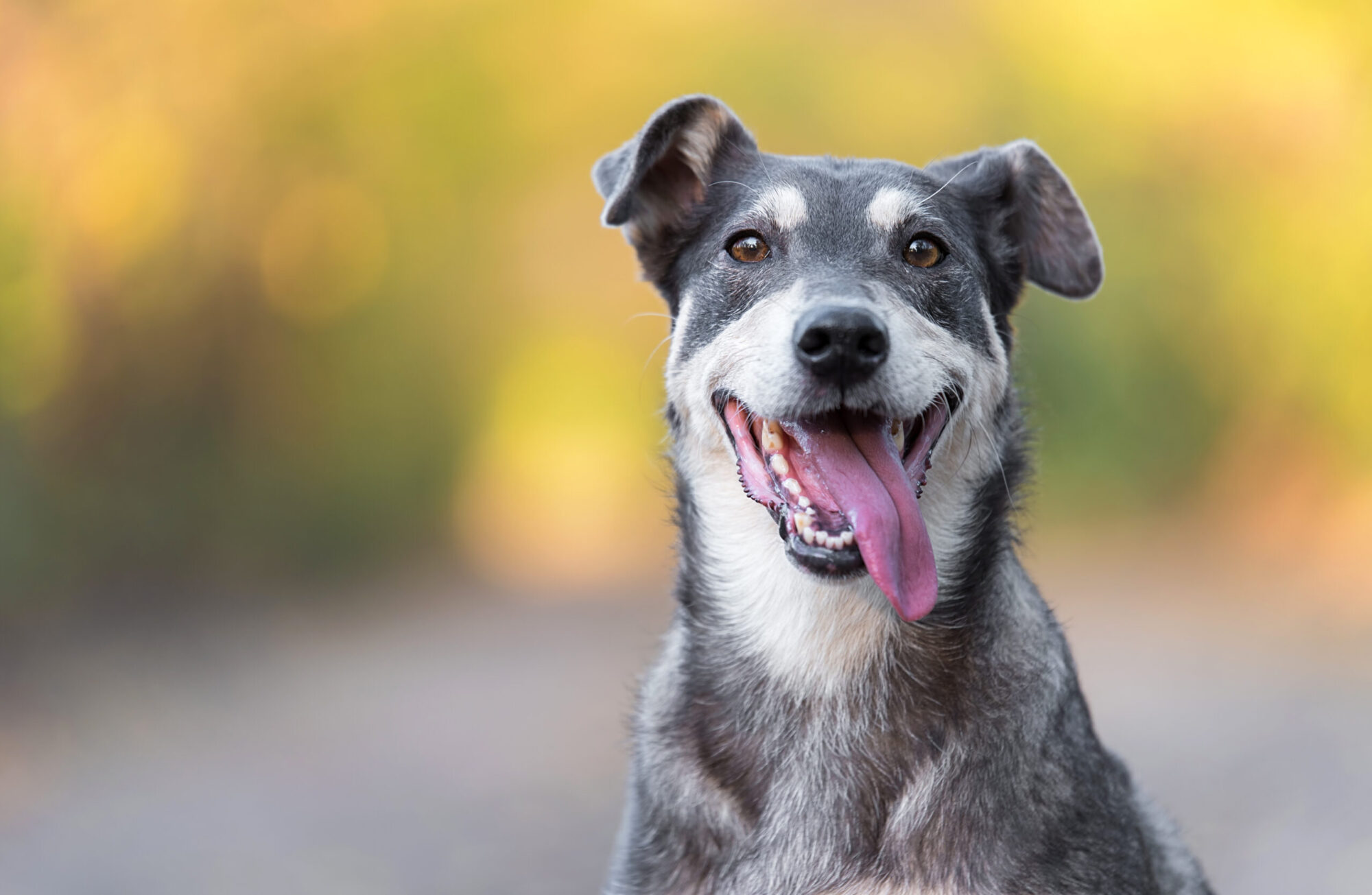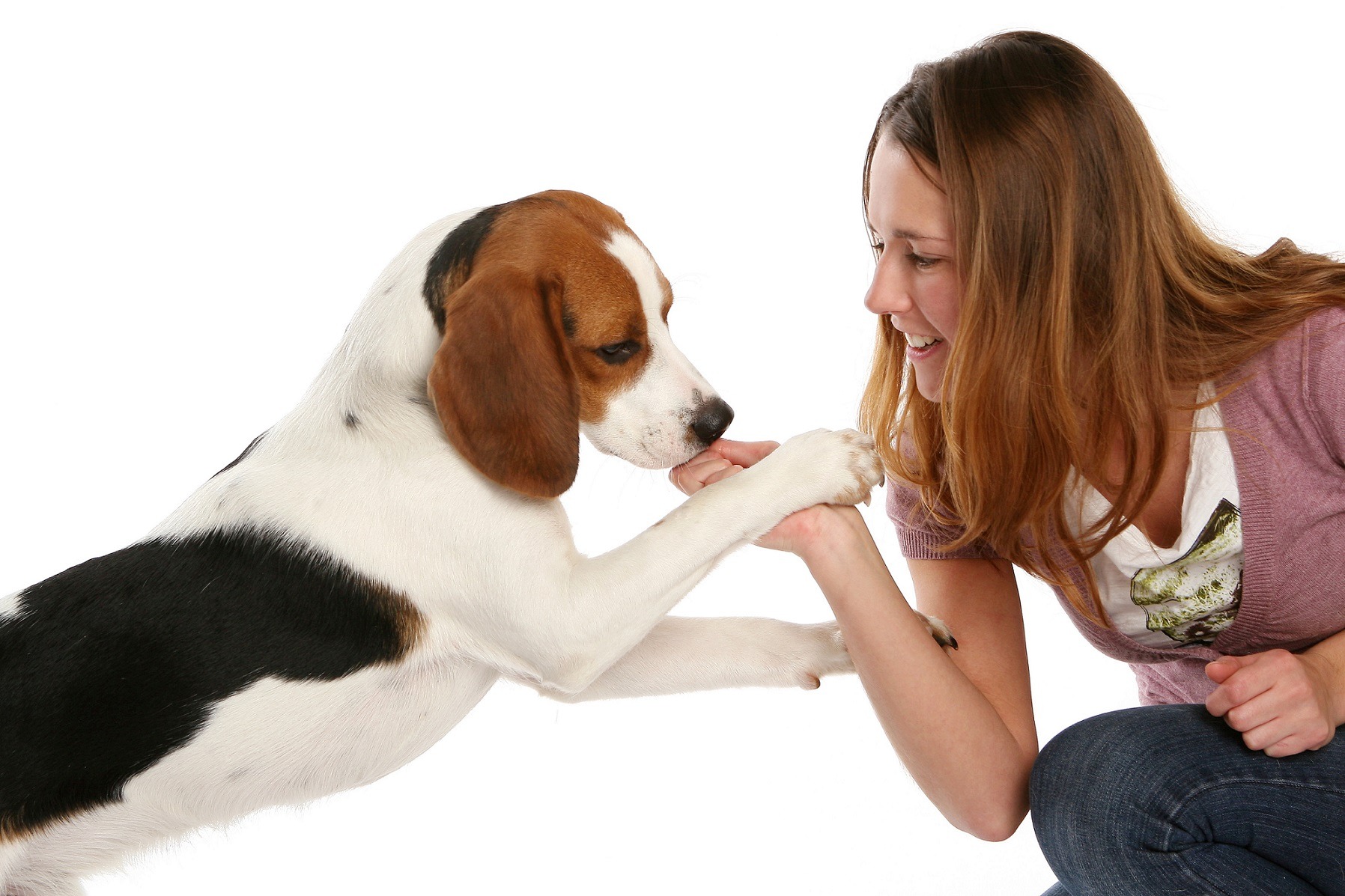How to train a dog’s attention?
Hello. Please, may I have your attention!
Now I have your awareness, I can engage you into learning about how to be able to gain your dogs attention and focus in a reliable manner.
Without the foundation behaviour of attention, progression onto other behaviours is going to be almost impossible. Therefore, please take your time on this exercise and invest time and lots of positive reinforcement into this fundamental behaviour.
You and your dog will already have been working on this exercise (sometimes un-knowingly) through interacting with each other. So, it is important that we ensure that we teach the dog what we would like attention to look like and that we provide positive feedback for it when it is offered.
Dog Attention Training Exercise
Carry out the exercise for short sessions of approximately 2 minutes, allowing the learner the opportunity to opt in or opt out from the learning. At the end of the exercise give the dog a break.
Start the dog attention training in a quiet environment and once reliable (more than 90% success) start to gradually introduce increasing distractions. Please note when working in a more distracting environment use HIGHER value rewards such as fresh meat and or liver paste. Also reduce your expectations of how your dog will perform, until you have built up a history of reinforcement for the behaviour.
Ensure before you start the exercise you have set a clear specific criteria for your end goal behaviour of attention. What do YOU want attention to look like? My selected behaviour is look at me with head facing towards the direction of my body, gaze on me and with paws on the ground (this can be standing, sitting, lying down, moving). Remember to note your definition of the attention behaviour, to enable you to work on selecting and reinforcing the appropriate behaviours.
Professional dog training – equipment
- Pea sized (or smaller if a small breed) sized tasty pieces of suitable food.
- Pouch or pocket to hold food in.
- Clicker or use a verbal marker if preferable.
- Mobile phone – to video session.
How to train a dog attention? Here is an outline of the exercise for you to follow during the training exercise:
Train a dog best way: start in a safe enclosed area and stand in your dogs direct line of vision, approximately 1 metre away from them. Ensuring your dog has space to move freely around in.
When your dog acknowledges you by orientating towards you (no matter how small the movement) click and feed it a tasty morsel. Deliver the treat to the dogs mouth.
Every time the dog is engaged with you mark and reinforce. Drop a treat for the dog after feeding the dog directly, in order to set the environment up to teach the dog to re-engage with you. So, sometimes drop the food onto the ground by the dogs feet. Once the behaviour is reliable with this treat delivery, you can then start to toss the food slightly away. Now is a good time to introduce the verbal cue of the dogs name, to cue the next repetition of attention after they have consumed the reinforcement for the previous successful rep.
Treat delivery should be used in a way that ensures the learner receives the reinforcement and sets the dog up for the next repetition of the behaviour. For example if you mark and then the dog starts to moves away (providing the dog still has you in their line of vision) by dropping the treat in front of you they should then orientate back to you to consume the food. If the dog has already moved away then toss the treat to them to ensure they receive the reinforcer.
Dog training – Attention behaviour
If your dog disengages this is probably a sign that it needs a break or something in the environment is causing a distraction (a potential stressor). Take a moment to asses the situation. Let the dog have a small break and if suitable then cue the attention behaviour by calling their name once, wait for a response (minimum of 5 to 10 seconds) when they respond mark and feed. Even if it just moves an ear in response. If this does not work, ensure you move to be in the dogs line of vision and only if necessary do we want to repeat calling their name again if they did not respond – generally if you set the environment up correctly this should not happen. Ensure you always reinforce when your dog offers the behaviour during the session. Remember to set you and your dog up for success before starting to train the Attention behaviour. Ensure the environment is comfortable and conducive to learning.
The End! Now you know how to get the dog’s attention!
Now you have learned how to switch your dogs attention on to you, it is important in order to avoid confusion and frustration that we also teach an end of session cue. This should mean we are no longer working, the session has finished. The cued end should prevent undue stress by providing clear communication. Alongside our end cue we should also be aware of when our learner is advising us that they no longer wish to partake in the session and allow them this choice and control within our sessions.
See also other posts:
June 30, 2023
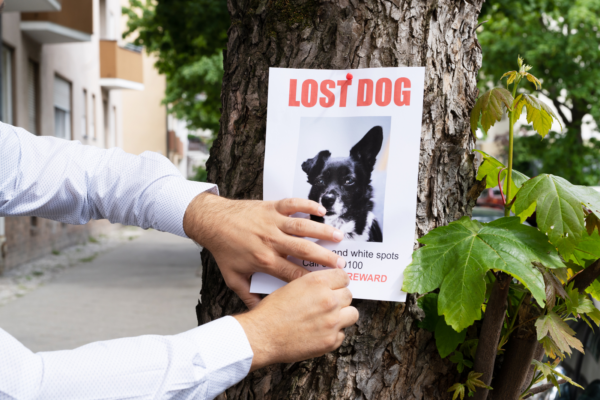
Get Your Lost Dog Back Home Quickly: Follow These 12 Tips for Success
Vacations favor more frequent and longer walks with our furry friends. We travel, visit new places. Summer makes us loosen our brakes and allow our…
June 30, 2023
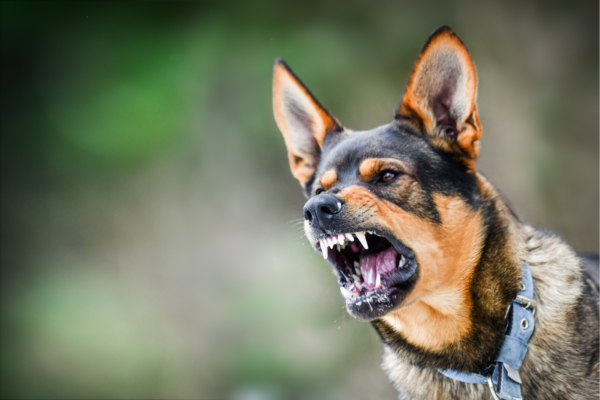
Managing Aggressive Dog Behavior: Tips for Peaceful Living
Living with an aggressive dog may seem challenging, but it can be peaceful and manageable with the right approach. One key aspect is to remain…
June 30, 2023
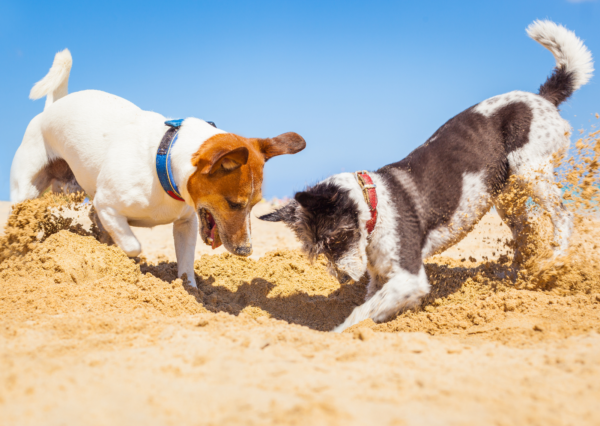
Unlocking the Secret to Successful Puppy Socialization: Quality over Quantity
Today, although the topic is very important, I will keep it brief. Socialization is a topic that could fill books or scientific papers. However, today…

